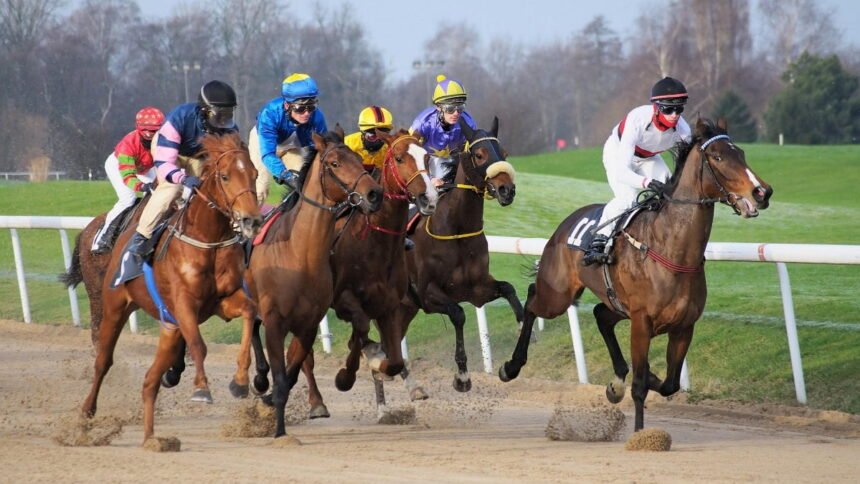Do you plan to enjoy a day at the races? The main attraction for many is the high-class sporting action on the track, but a typical Indian horse race offers many other things to see and do.
Upon Your Arrival
The vast majority of racecourses typically open their gates about 2 hours prior to racing or even earlier, especially at bigger meetings since large crowds are to be expected. It can be a good idea to pick up a race day program since it provides a reminder of race times, horses that will be running in each race, and what colors they will wear, as well as information on entertainment and attractions that may be going on throughout the day.
Places You Can Go
Areas accessible to spectators vary from one course to the next and usually depend on the type of ticket held. As a rule of thumb, the costlier the ticket, the more the areas you can access. Extra betting options, viewing steps, restaurants, bars, and various other areas around the parade ring may be offered at some of the courses with a higher priced ticket, but most courses have some version of the same facilities regardless of the ticket held.
Some parts of a racecourse may be restricted from all spectators and are only available to the people involved with racing directly, such as owners, trainers, medical personnel, and jockeys, just to name a few. Those areas include the stables and the weighing room.
Prior to the First Race
Use the time before the first race of the day is held to locate the parade ring, food and drink outlets, the betting ring, as well as a good spot for watching the action from the stands. Racegoers often use the time before races to look at the card and start picking out their selections. You should seriously consider exploring the Tote pool betting options before the races start, with the Placepot being one of the most popular pool bets for people at the track and must be placed prior to the first race.
Approaching the First Race
If there’s just about 30 minutes to go before the first race, the horses that will be running will soon start entering the parade ring. It can be useful to grab a good spot around the parade ring since it provides a unique opportunity for feeling the pulse of the action with a close-up view of both the horses and jockeys. You will be hard pressed to find any other sport that gives you the opportunity to get so close to the participants. This may help you decide which horse to back, on the basis of their appearance or how fit they look.
Once you have had a good look at the horses that will be running in the parade ring or after they go off to post, you now need to find a suitable spot in the stands and place a late bet if you so wish. Listen closely to the commentator or announcer, in case there are late changes to the field.
During the Meeting
Racegoers usually follow a similar routine throughout the intervals on the race card, which includes visiting the parade ring, betting ring, and a food or drink outlet (in no specific order). When it comes to what you should do between races, there are no right or wrong answers since the intervals vary in length from 30 to 45 minutes. Formal restaurants and bars as well as lounge areas are usually frequented during these parts of the day.
After the Races
Racecourses are increasingly making sure that the show goes on even after the conclusion of the final race. Plenty of meetings now offer live music or entertainment after the races, with bars remaining open until several hours after the final race. It could be the ideal way to complete your day at the races.



![Netflix Cookies [Hourly Updated]](https://aperfectreview.com/wp-content/uploads/2023/02/Netflix-Cookies-150x150.png)


